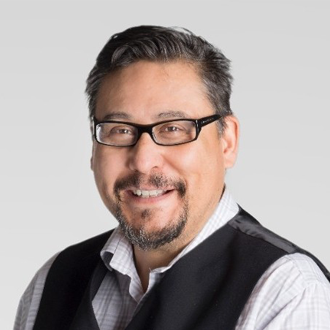
Collaborator
Rudy Reimer is an Indigenous Archaeologist from Skwxwú7mesh Úxwumixw (Squamish Nation) who likes to implement Indigenous phenomenology of places, artifacts, lithic sources, plants and animals into his research.
This culturally informed approach is both self-reflexive and seeks to return cognitive geography/sense of place and being to people in the Squamish Nation community. He uses oral history and traditions that link people to places and through eldwork and analysis to gain a nuanced understanding of the modern and ancient worlds. He likes to research with a technique called X-ray Fluorescence that gives an elemental nger print of almost any material placed in front of it. Examination of numerous items and sites allows for both unifying cultural and scienti c knowledge and making comparisons. He blends perspectives of western academic scholars and compares them to his own and other Indigenous researchers. He does this using examples and exercises to promote an Indigenous worldview.
His research projects practice minimal impact on the sites he chooses to work on and he prefers to use existing excavation/ museum collections. He also pushes for the integration of Cultural Resource Management data into the academic understanding of these areas and the standards of practice related to data recovery and analysis. Within these standards of inquiry, he focuses on possible explanations of intangible or seemingly unexplainable phenomena including rock art, First Nations beings, and landscape features that often lay outside standard archaeological explanations.
